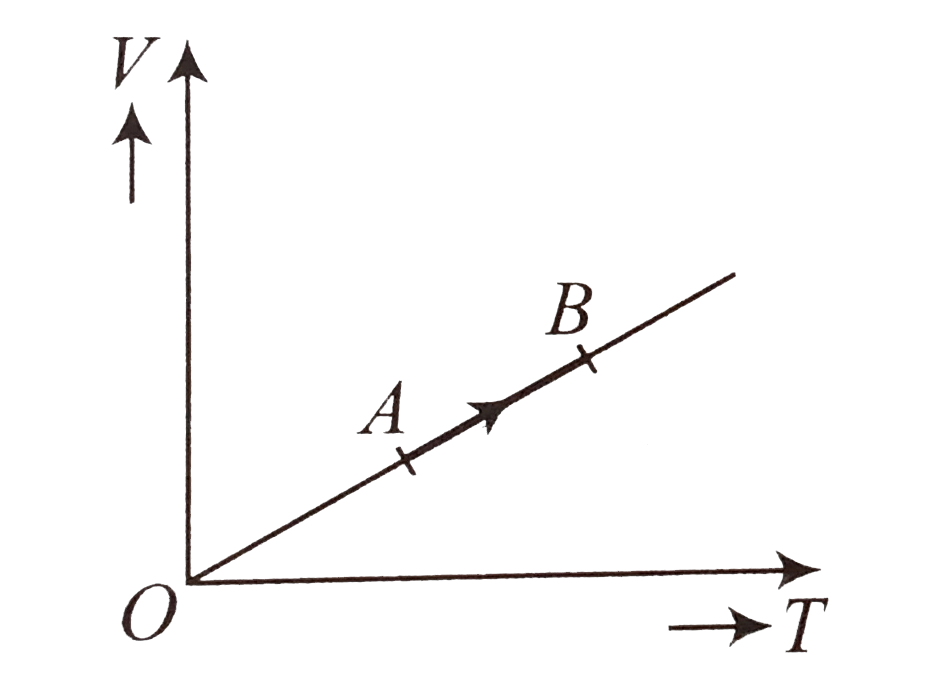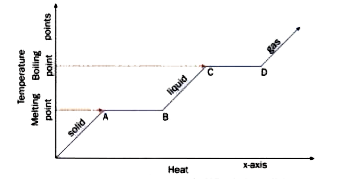The amount of heat absorbed or released when a unit mass changes its state ……….
To solve the question regarding the amount of heat absorbed or released when a unit mass changes its state, we can break it down into the following steps:
1. Understanding the Concept:
- When a substance changes its state (for example, from solid to liquid or from liquid to gas), it either absorbs or releases heat. This process occurs at a constant temperature.
2. Defining Specific Latent Heat:
- The amount of heat absorbed or released per unit mass of a substance during a phase change is known as specific latent heat.
3. Types of Latent Heat:
- There are two main types of specific latent heat:
- Latent heat of fusion: This is the heat required to change a unit mass of a solid into a liquid at its melting point.
- Latent heat of vaporization: This is the heat required to change a unit mass of a liquid into a gas at its boiling point.
4. Formula:
- The formula for calculating the heat (Q) absorbed or released during a phase change is:
Q=m⋅L
where:
- Q = heat absorbed or released (in joules)
- m = mass of the substance (in kilograms)
- L = specific latent heat (in joules per kilogram)
5. Conclusion:
- Therefore, the amount of heat absorbed or released when a unit mass changes its state is specifically referred to as the specific latent heat of that substance.
- When a substance changes its state (for example, from solid to liquid or from liquid to gas), it either absorbs or releases heat. This process occurs at a constant temperature.
- The amount of heat absorbed or released per unit mass of a substance during a phase change is known as specific latent heat.
- There are two main types of specific latent heat:
- Latent heat of fusion: This is the heat required to change a unit mass of a solid into a liquid at its melting point.
- Latent heat of vaporization: This is the heat required to change a unit mass of a liquid into a gas at its boiling point.
- The formula for calculating the heat (Q) absorbed or released during a phase change is:
Q=m⋅L
where:
- Q = heat absorbed or released (in joules)
- m = mass of the substance (in kilograms)
- L = specific latent heat (in joules per kilogram)
- Therefore, the amount of heat absorbed or released when a unit mass changes its state is specifically referred to as the specific latent heat of that substance.
Similar Questions
The amount of heat absorbed when a substance melts ………
View SolutionThe amount of heat released when a substance changes from gas to liquid ……………
View SolutionThe amount of heat energy absorbed by 1 kg of water to change into water vapour is …………….
View SolutionThe amount of heat absorbed to change a substance from liquid to vapour …………..
View SolutionThe volume (V) of a monatomic gas varies with its temperature (T) as shown in the graph. The ratio of work done by the gas, to the heat absorbed by it, when it undergoes a change from state A to state B,is

View SolutionThe amount of energy released when an atom in the gaseous state accepts an electron to form an anion.
View SolutionStatement 1: A gas has a unique value of specific heat.
Statement 2: Specific heat is defined as the amount of heat required to raise the temperature of unit mass of the substance through unit degree.
View SolutionThe amount of heat absorbed to change 1 kg of water to vapour ……….
View SolutionLook at the given figure and answer the following questions:

What is the quantity of heat absorbed by the ice to change its state?
View SolutionObserve the graph given below and answer the following questions:

During melting of a solid, certain amount of heat is absorbed without any change in temperature. Which part of the graph shows this change?
View Solution
